Designer, garden expert and regular Gardeners’ Question Time panellist Matthew Wilson is designing a garden for RHS Chelsea Flower Show to mark the perennially popular BBC Radio 4 programme’s 75th anniversary. He’s been with the programme for some 13 years now and we asked him to tell about both the programme and what to expect from Chelsea.
Tell us about your Gardeners' Question Time garden for Chelsea?
It takes the form of an exhibit rather than a garden as such, in which we reference the last 75 years of the history of the programme show and how taste have changed. We represent the past through a selection of artefacts and the present through the plants.
In the middle of the exhibit is a greenhouse from Woodpecker Joinery – one that people will recognise as being suitable for their own garden, and in that we’ve got lots of different artefacts, some of which we are borrowing from the Garden Museum. We are going to try to tell the story of how gardening has changed and developed – through tools and other objects.
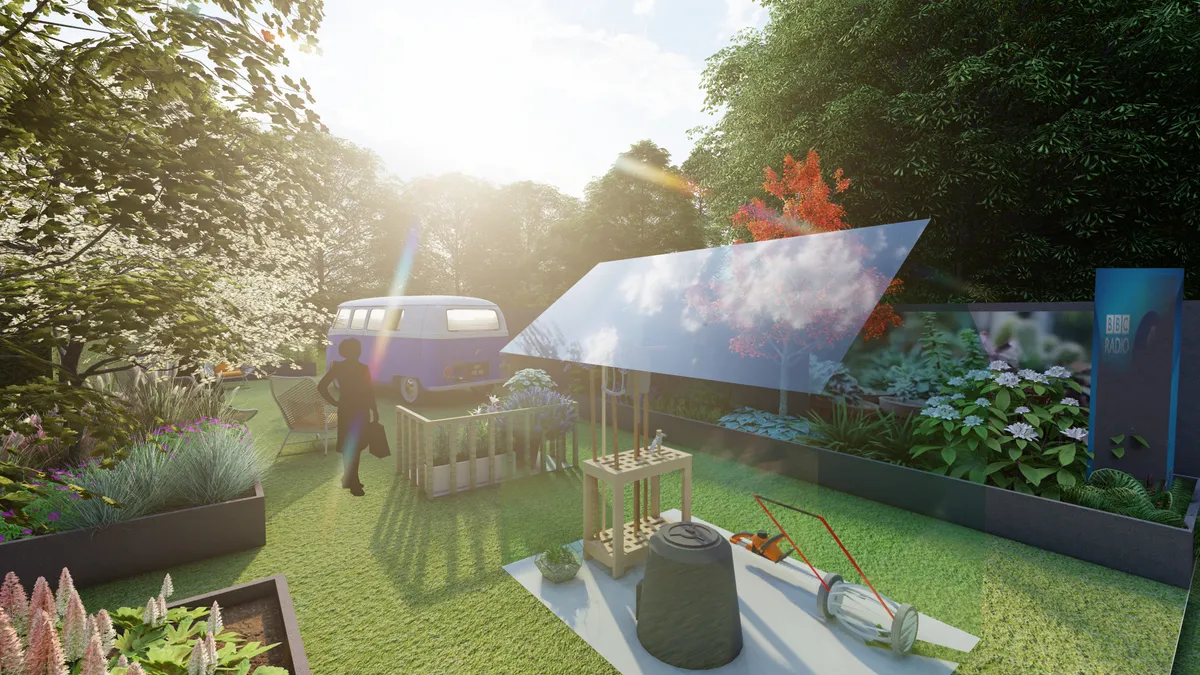
Give us an example of a key artefact you’ll have on show?
I’m really keen on the story of the plastic pot – it’s a real watershed moment in horticulture – both good and bad. Pre-plastic pot you would have gone to your local nursery, spoken about the plant you wanted and they would have been lifted and given to you bare root to be carried home in a box. I remember my first recognition of the plastic plot was when my parents bought a potting machine for the nursery and seeing this task of what would have taken hours and hours as the pots were filled with compost. It commercialised the industry, and meant you could sell year-round, but is also intersected directly with peat-based compost – because peat was basically developed for the plastic pot to be as light as possible. It’s important that we try and tackle some of these tricky horticultural issues.
And what about other objects?
We’ve also asked panellists to lend us an artefact that’s significant to them. My item is a dung fork from my grandfather. My parents ran a cut flower nursery and my grandparents lived next door on the nursery site, which meant that there was a lot of working with the grandparents as I was growing up. And I’ve inherited this fork, which made in Birmingham in 1920. A dung fork has a wide head and rounded, fine tines. It’s had a new handle since my grandfather’s day but it’s still the same tines, worn needle thin with a wonderful patina to them.
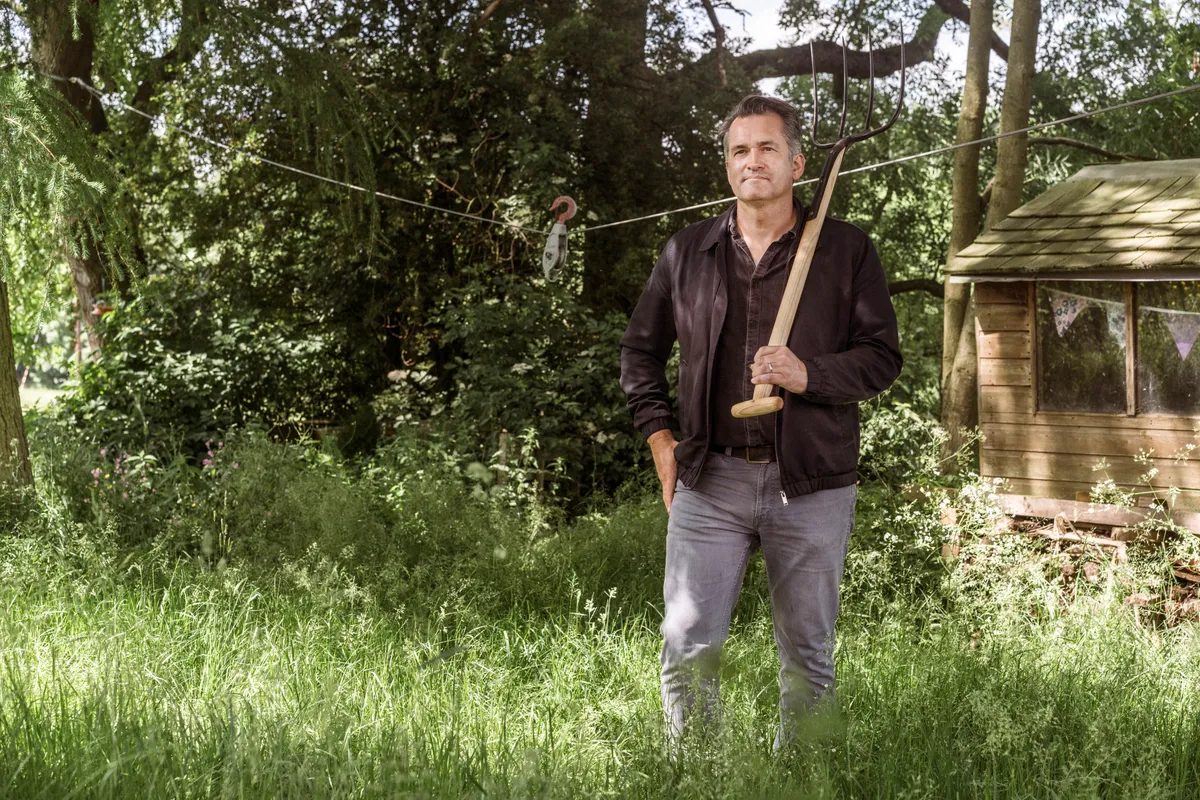
How are you reflecting 75 year’s-worth of planting in the exhibit?
We’re going to have a bed of GQT classics – plants that relate to questions we get asked a lot about. Hostas – as you can imagine, we are always being asked about slugs and snails, roses, to relate to questions about pruning – and Japanese acers too, which we always get questions about how or whether or not to prune. There’ll be a range of 12-15 plants related to those key questions.
And then there’ll be a section of forward-looking planting, which will tap into the core bit of advice we give as panellists, which is right plant for the right place – it’s the mantra of all good horticulture and the one that has been consistent to the show certainly for the last 30 years. The centrepiece in these beds will be a favourite small tree – because we’re often asked for ideas on a good small tree for a garden. It will almost certainly be a crab apple, a sorbus or an amelanchier, because those are all great choices.
We are also going to have a little area that’s representative of the huge increase in our audience who garden on a balcony or in a courtyard. One of the things we’ve noticed in the last two years is that here’s been a real widening in our demographic in our audience, as there has been in gardening as a whole, and the audience has become much younger and less concerned about needing to be expert and more willing to just have a go.
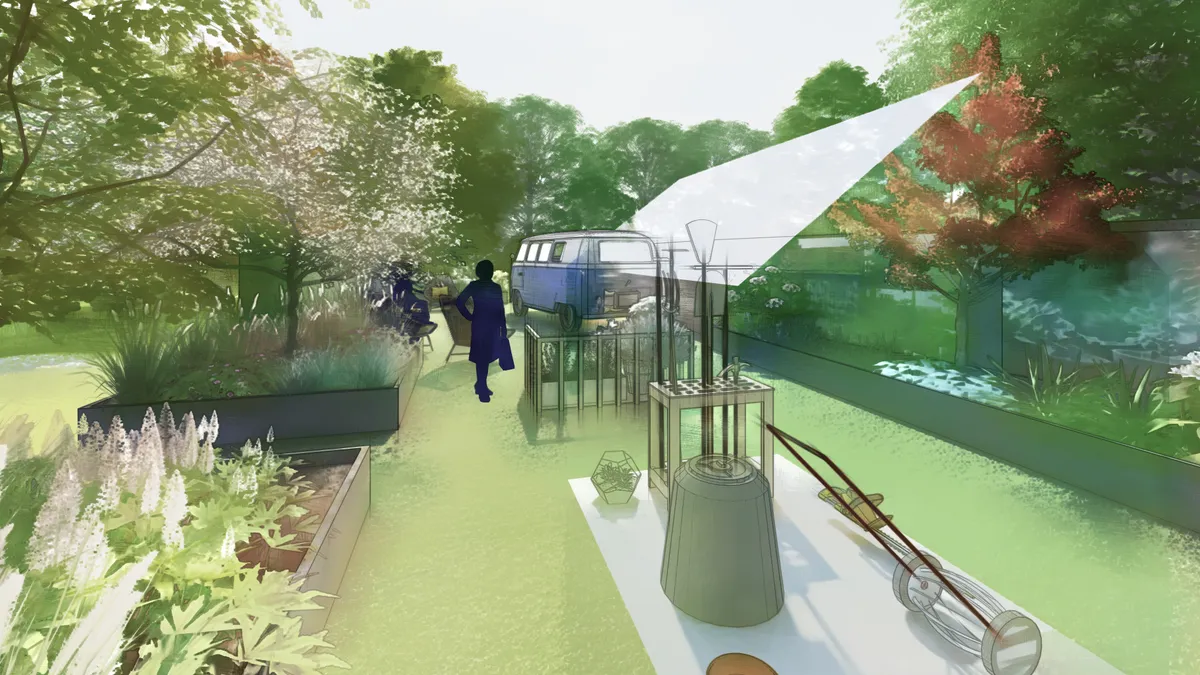
What about the GQT team – how are they involved?
Some of them will be helping plant up the garden in the run up to the show and then we’re having a retro 1960s camper van on the exhibit, which will be our base for the week. We’ll be recording potting shed-style throughout the show with the team available to answer questions from visitors.
You’ve mentioned key questions you always get asked but has there been any change over the year in what you get asked?
There’s a commonality to the questions for sure. We’re still getting asked about seedling germination or the best time to chit potatoes – that’s never gone away. But I can’t imagine that 75 years ago there were questions about drought-tolerant planting or how to make their garden more wildlife friendly. Our audience has been very switched on to environmental aspects. I found out early on in my time with the show that there was none of that resistance I might have expected - and I think that’s the reality of gardening in this country. I think there’s a tiny percentage of people now who think it is still okay to bombard your garden with chemicals - and I don’t even think those people are gardeners.
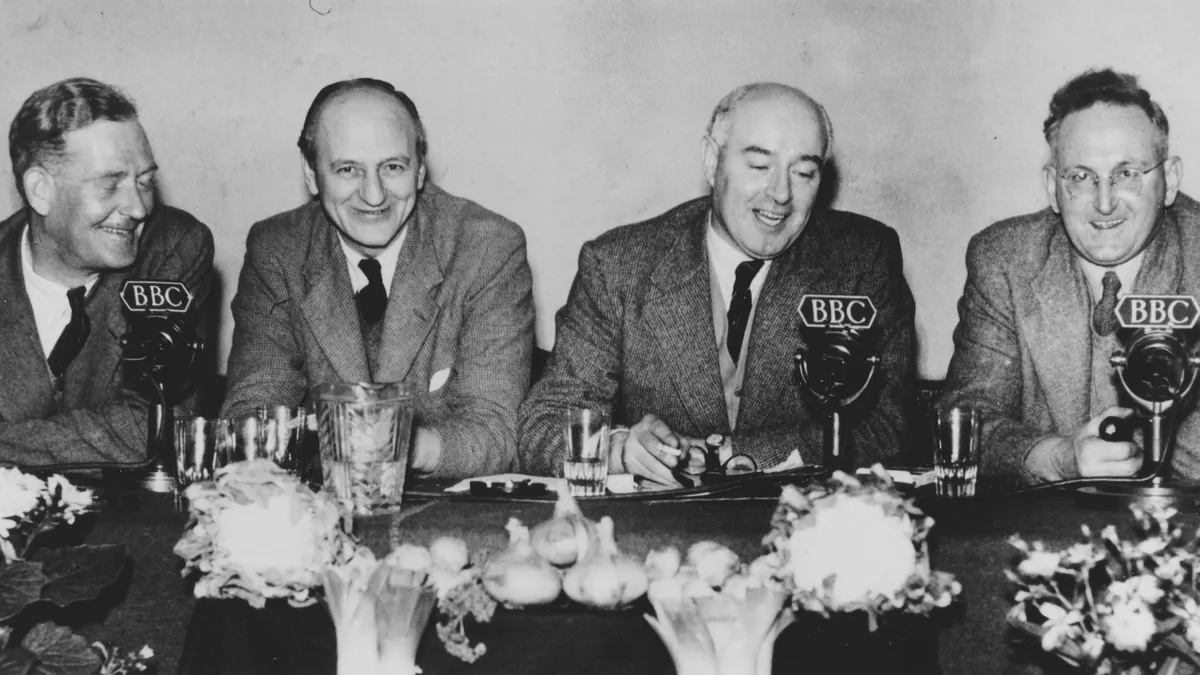
Looking forward another 75 years, does the show still have a relevance in today’s multi-platform information world?
We’re living in interesting times in terms of where people get their information from and what they trust. One of the advantages that radio has – and we’re not unaware that many listeners tune in for entertainment value – is that it is a very portable format whether you take your radio into the garden with you, or now go for the podcast option and listen to it whenever you want.
And in terms of our relevance to a younger audience – certainly people in their 30s and younger are turning up at our outside broadcasts, whereas previously it might have been your classic gardening club membership of older people. The demographic is so much wider now, which is great for the future of gardening.
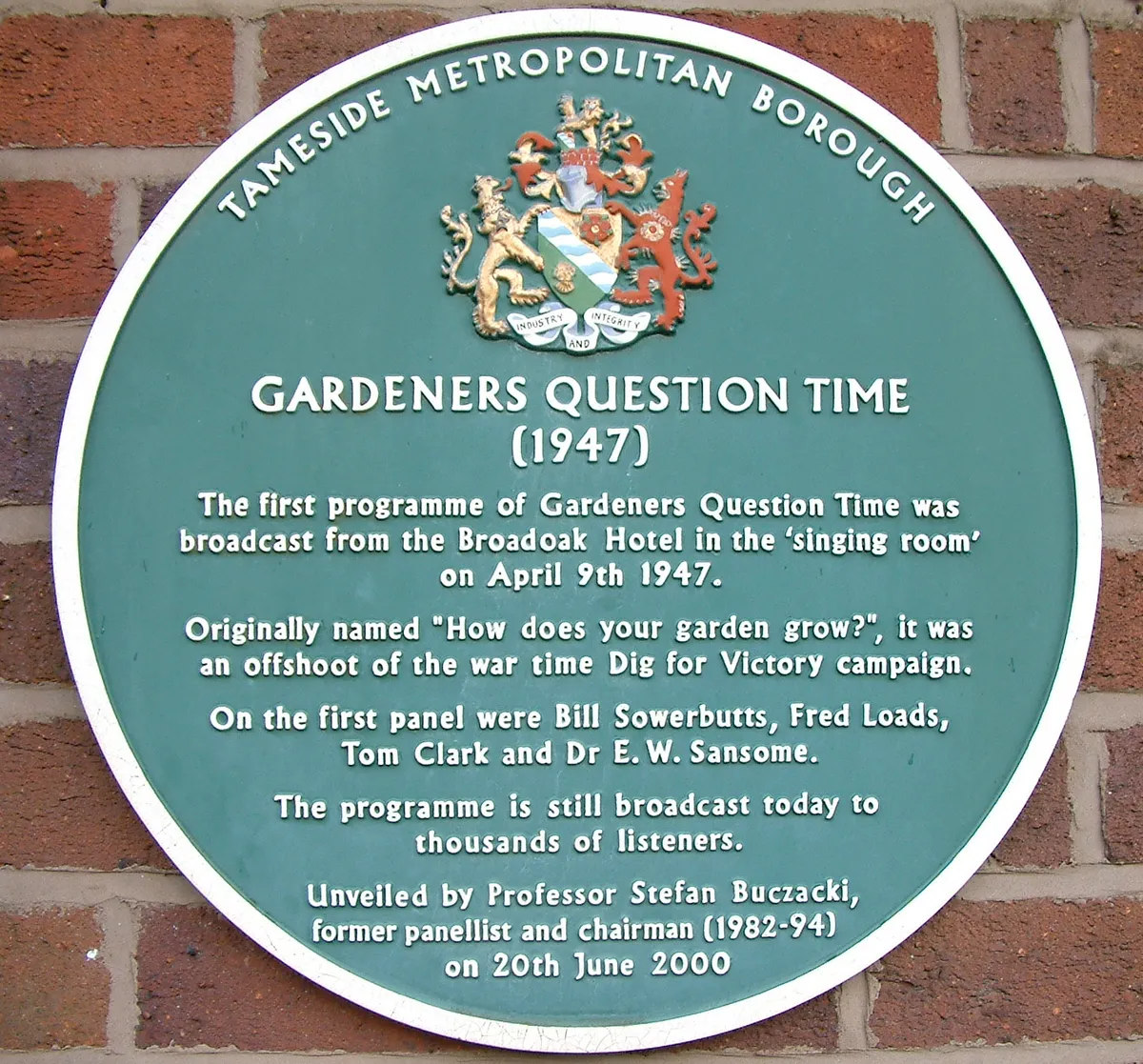
What about your own relationship to the programme?
I remember listing to the show as I was growing – it’s part of the aural wallpaper of my life.
And then to be asked to be a panellist I regard as an immense honour, not only because at any one time there’s only nine or ten panellists but also because of the longevity and history of the programme and because it means so much to so many people. I’m proud of that.
And then, it’s a tremendous way to keep my mind fresh – not just in answering all those questions live, but also visiting points of interest I wouldn’t otherwise have gone to – we did a programme from Shetland for example. Or places that we’ve returned to that I haven’t been to for years and I’m able to reconnect with people and see what’s developed. It’s a real privilege.
Oh Shetland? Is that one of more unusual location the show’s been to?
They did one from the top of Mount Snowdon – and then there were two shows (that predate my time) from a nudist colony – and there are photos apparently. But for me, the most remote show that I’ve done was from Lerwick in Shetland, which was an amazing experience – the gardening there is so different. We really get stuck into the places we visit and find out all about the gardening there – reflecting the local horticultural scene is something that really comes across well when we are on location – and it makes you realise that there’s no singular gardening experience.
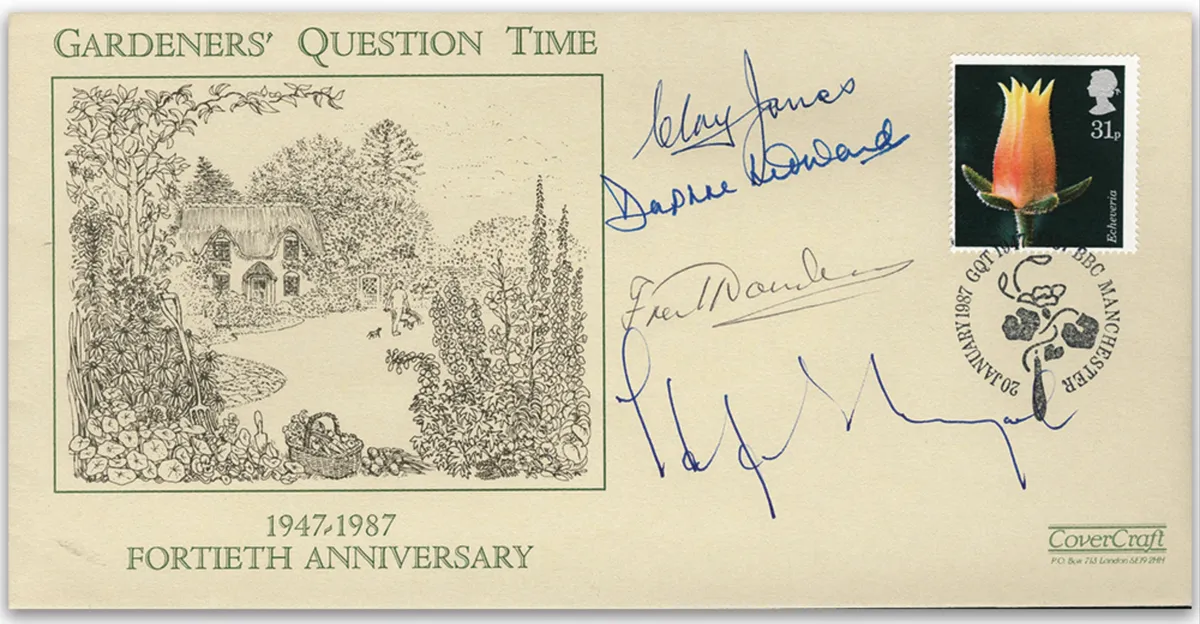
This isn’t your first time at Chelsea is it?
I did a show garden back in 2016 for Welcome to Yorkshire. Chelsea comes with its own unique levels of stress and even though this should be a fairly straightforward exhibit, there’s a huge amount to do and to coordinate. The most challenging aspect is the logistics – getting things and people on and off site. It’s all on the finest of margins and things can go awry very easily. But having said that there is a unique quality to Chelsea, which is why it stands out – it’s somewhat intangible – something to do with where it is and when it takes place and the fact that it is so highly regarded. It puts UK horticulture on the front pages and prime time television in a way that nothing else does for the rest of the year and makes our little Cinderella industry seem incredibly glamourous and wonderful.
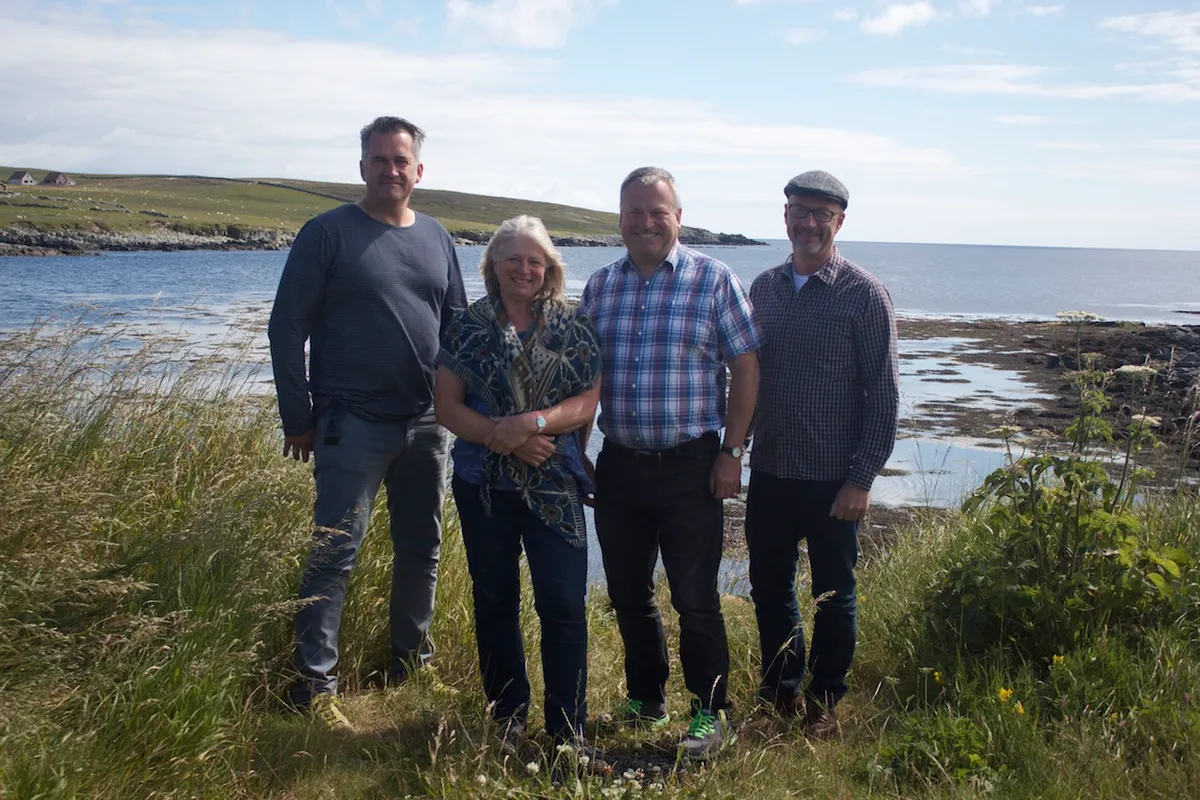
As a designer, it can often be that people don’t get to see your work, whereas Chelsea is our opportunity to create something and hang it on the wall and say ‘take a look’ and do it in a way that is instantaneous rather than designing a garden longform and having to wait five years for it to mature and for photos to be taken and for it to perhaps appear in a magazine or on a gardening programme. So any appearance at Chelsea is important and a great opportunity to tell a wide audience about what horticulture can do in our lives.
